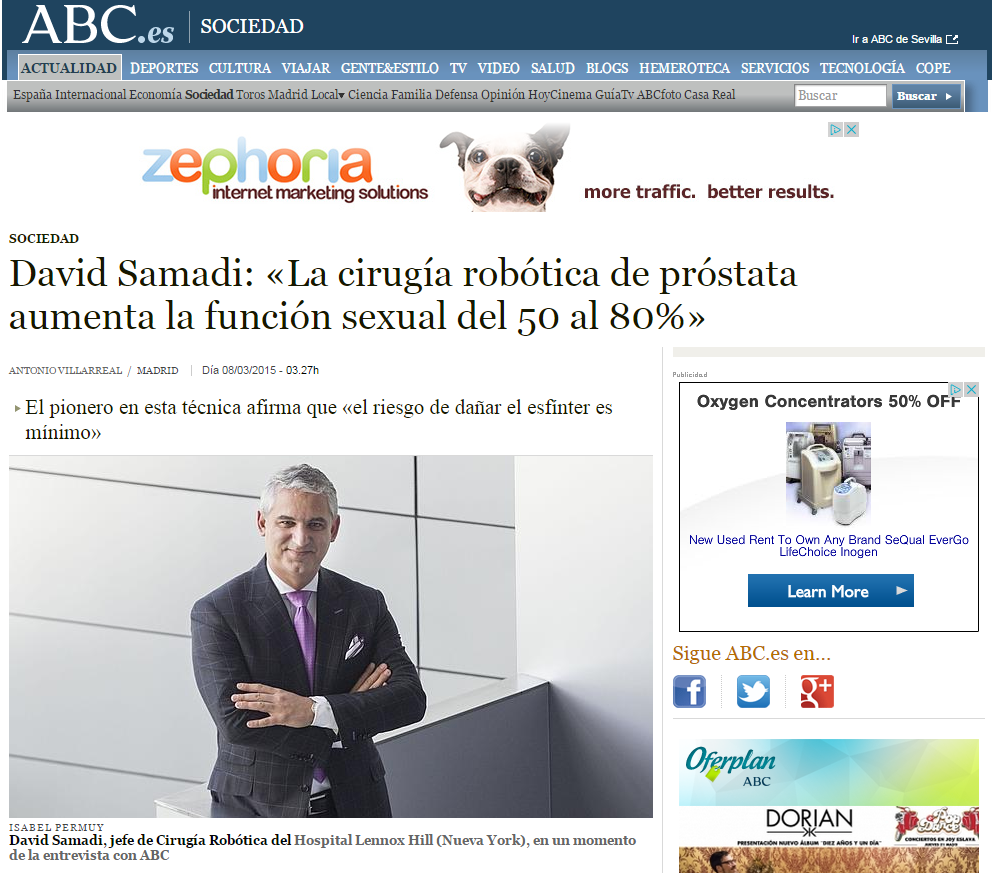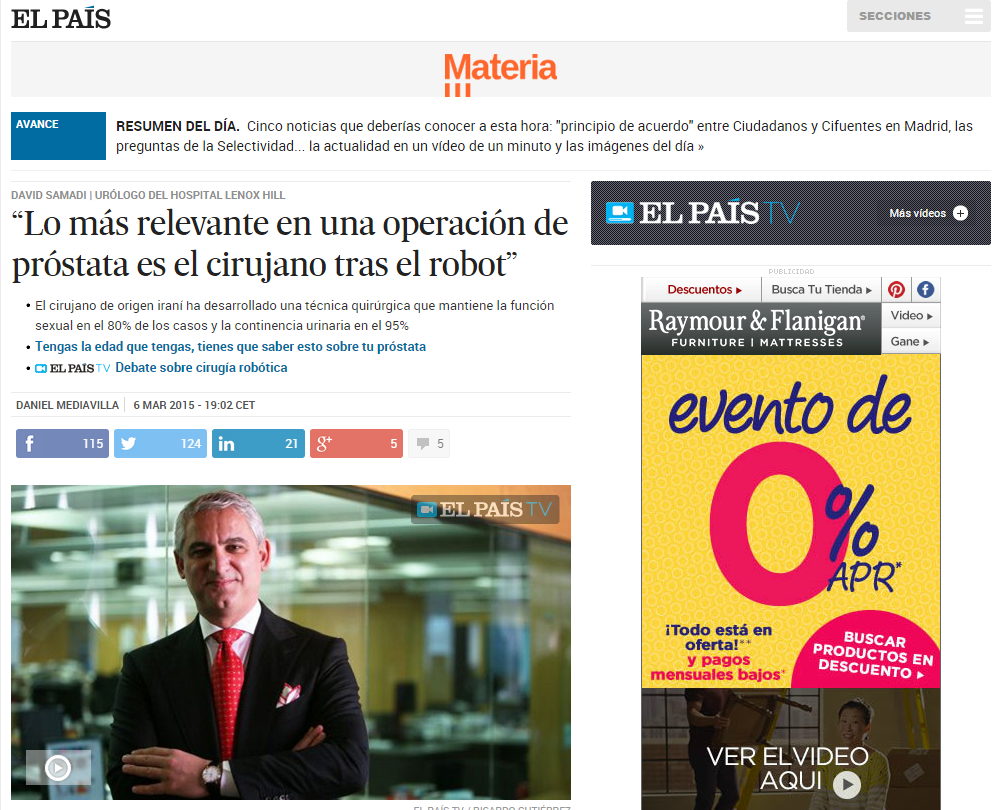Protect yourself from nail salon health hazards
/Protect yourself from nail salon health hazards
Warmer weather has arrived and that means one thing – the manicure/pedicure season is here. Spending time at a nail salon treating your finger and toenails to polished perfection, can be a relaxing refuge but be careful – that manicure or pedicure may be more than you bargained for.
Study finding significant health issues
A recent small survey of 90 patrons (94% women) of nail and hair salons from three counties in New Jersey, were asked about health symptoms as well as knowledge of potential hazards and safety practices in salons. Out of this group, 42% stated they developed skin issues and 10% reported fungal infections after salon visits. Symptoms reported included itchiness to the hands or face, cuts, burning or tingling sensations, pain or redness around the nail area, athlete’s foot, finger or toenail fungus, and nail discoloration. Problems participants experienced were higher for nail salons than hair salons.
Other symptoms experienced from one of six surveyed were respiratory symptoms including runny nose, itching or watery eyes, trouble breathing, and headache.
How to keep nails healthy when visiting a nail salon
Having perfectly manicured nails is impressive but not at the expense of ruining their health. Even the most luxurious nail salon and spa can have health hazards harming your nails. To have that polished look yet to safeguard nail health, here are certain steps to take to avoid a potential nail hazard:
· If visiting a nail salon for the first time, check it out for cleanliness before booking an appointment. It should look neat and clean and always make sure it is licensed with your state’s cosmetology board.
· Ask the staff if nail equipment and tools are sterilized in an autoclave, which heats the tools to kill bacteria. If they are just putting them in chemicals, that is not enough to kill off harmful bugs. All tools and instruments should be disposable or cleaned each time used.
· Make sure technicians wash their hands before each manicure or pedicure. Some nail technicians wear a new pair of disposable gloves each time they do nails.
· Have your nails dry naturally. The UV lamps used at nail are not good for your skin as they are the same type of lights used in tanning beds.
· Go easy on the gel manis and pedis. Both the UV curing process and the acetone removal can be damaging to nails and skin so use them only on occasion. Keep in mind the length of time gel polish can stay on nail – especially your toes – can hide any changes signaling skin disease or cancer.
· When having a pedicure, the salon should use a disposable plastic liner in the footbath.
· It is better to have cuticles pushed back instead of cut. They should only be cut if sterilized equipment is used.
· Skip shaving your legs before a pedicure as it leaves you more prone to infection. Freshly shaved legs have open pores and small nicks making them more susceptible to infectious diseases. Many pedicure stations use recycled water which is why it is best not to expose open wounds to the elements at a salon or spa. Avoid shaving at least one day leading up to your pedicure.
· People with diabetes or poor circulation are at a higher risk of contracting an infection. Ideally they should avoid going to a nail salon to get their nail cut or trimmed and instead let a podiatrist do that. They can still get nail polish applied at a salon but they need to inform the nail technician not to do any cutting on the nail or cuticles.
· If an injury or cut happens while at the nail salon, clean the area well with soap and water and apply an antibiotic ointment to the area. If there is any swelling, redness, or sore, red, oozing pus at the site or injury to the nail bed it is likely an infection so see your doctor right away.




































































